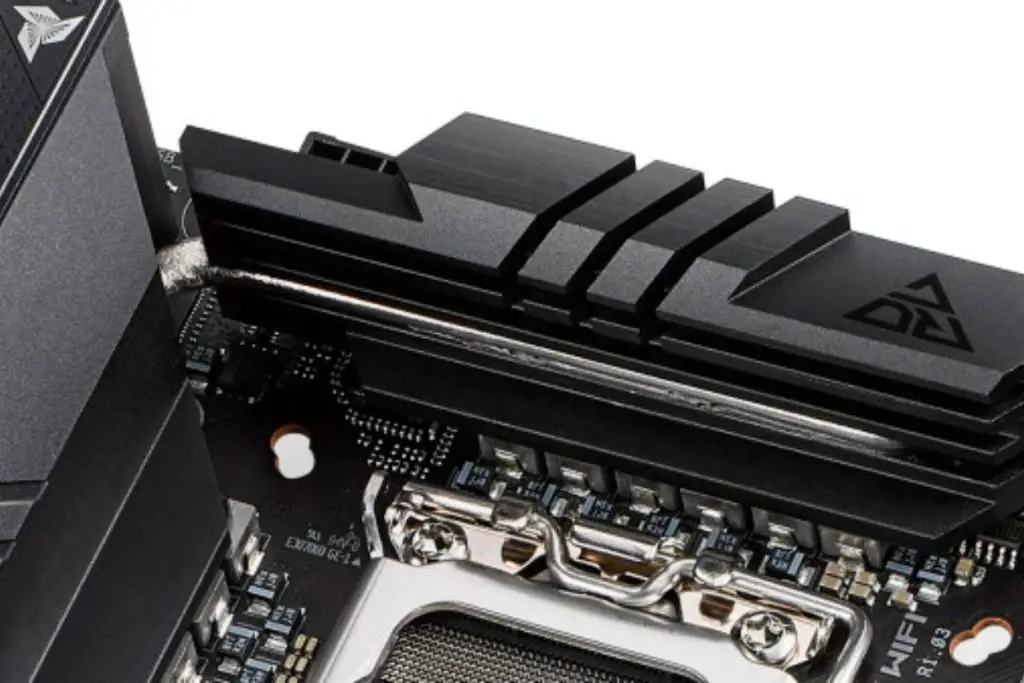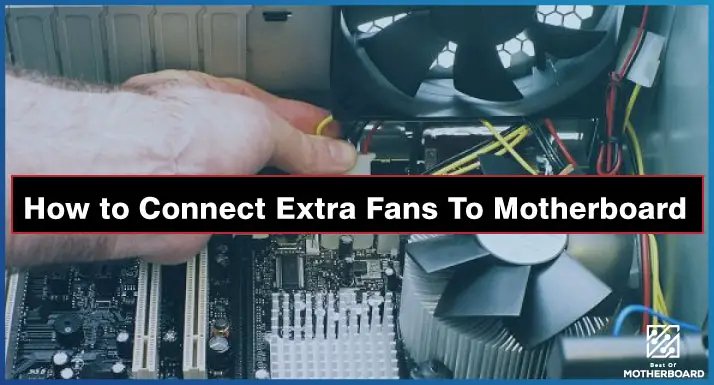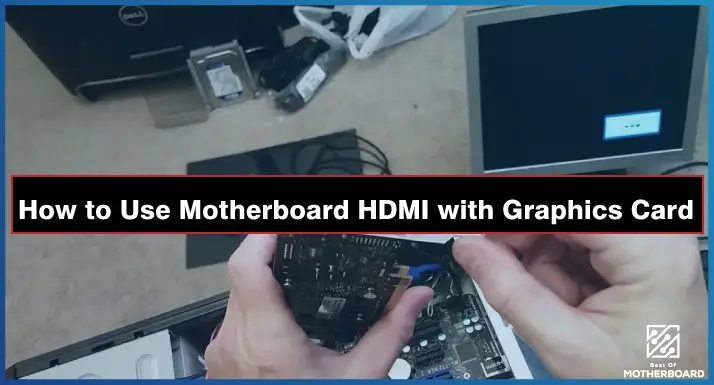If you are not overclocking your PC, the VRM does not need to be cooled. The average operating temperature of a CPU’s VRM should be between 80°C and 100°C. A GPU’s VRM temperature frequently exceeds 120 °C. The voltage regulator module regulates the electricity sent to the GPU or CPU, protecting your system from high current waves.
The voltage regulator module (VRM) on a motherboard changes the voltage on the motherboard to the right level for the processor. VRMs can get hot during high CPU operation, and if they get too hot, they can start to overheat and fail.
VRM is an important component of computers, protecting them from getting damaged due to high currents. This blog post will explain everything you need to know about VRM and whether you should cool your VRM or not. Read on.
Facts About VRM Cooling and Operating Temperature
VRM should be kept under 100°C, while other computer components should be kept below 70°C. Anything more than that could result in one problem or another.
As personal computers have become more powerful, the need for better cooling solutions has become more important. One area of the PC that generates a lot of heat is the motherboard VRM (voltage regulator module). The VRM is responsible for converting AC power to DC power, and it can get extremely hot when the PC is under a heavy load.
Some people believe that the VRM does not need extra cooling, while others believe it is necessary to prevent damage to the motherboard. So, what is the truth? Do motherboard VRMs need cooling, and if so, how much cooling do they need?
So, if your CPU or GPU is always receiving a high workload and you do computer overclocking most of the time, you want to cool your VRM to avoid any issues with your computer. If you plan to work in a very stable environment and prolong the life of your hardware while also overclocking safely, you should always keep your VRM cool.

Why the VRM is Important to Your Motherboard
VRM, or voltage regulator module, is a device used to regulate the voltage supplied to the CPU or GPU. It is also responsible for converting the AC power from the PSU to the DC power required by the CPU. The VRM is typically located on the motherboard and is typically made up of MOSFETs (Metal-Oxide Semiconductor Field-Effect Transistors)
The VRM is an important component of the motherboard, as it ensures that the voltage supplied to the CPU is stable and within the required range. Without a VRM, the CPU would not be able to function properly and would be at risk of damage.
The VRM is controlled by the motherboard’s BIOS and can be overclocked to increase the voltage supplied to the CPU. This can be helpful if you are trying to overclock or stable your system.
You can also use software to overclock or change the voltage, but this is not recommended as it can be dangerous.
What Happens When A Motherboard VRM Overheats?
If the VRM overheats, either performance will suffer or the system will fail completely. The VRM components (most likely the MOSFETs or capacitors) may be damaged, or your CPU may reduce its power consumption (and speed) to avoid damage. Overheating VRMs can cause your PC to shut down or even fail to boot up due to damage to the CPU and GPU.
Are VRM Heatsinks Necessary?
VRM heatsinks are only necessary for high-end graphics cards and overclocking.
In general, VRM heatsinks can help to improve the stability and longevity of your graphics card and VRM. If you are using a high-end card or plan on overclocking, then a VRM heatsink is likely a good idea. Otherwise, you may be able to get by without one.
Cooling VRM Motherboard
A cooling VRM motherboard will help to keep your system stable and running smoothly. There are a few different ways to cool the VRM, including active cooling (which uses fans) and passive cooling (which uses heatsinks).
Active cooling is typically more effective, but it also creates more noise. Passive cooling is more silent, but it may not be able to cool the VRM in some cases adequately.
If you want to build a high-performance gaming PC, a cooling VRM motherboard is a must-have component.
Motherboard VRM Cooling Kit
A motherboard VRM cooling kit is a must-have for any serious PC gamer or overclocker. VRMs are the heart of your motherboard, responsible for delivering clean power to your CPU.
If they get too hot, they can start to degrade and cause all sorts of stability issues. A good VRM cooling kit will help keep your VRMs cool so that you can push your CPU to its limits without worry.
There are a few things to consider when choosing a VRM cooling kit. First, make sure it is compatible with your motherboard. Second, check the reviews to see what other users say about it. And finally, make sure it has all the features you need, such as multiple fan headers and RGB lighting.
Some of the popular VRM cooling kits are:
- Motherboard VRM heatsinks
- water-cooled motherboard
- Motherboard VRM fan
VRM Cooling with AIO
All-in-one (AIO) coolers are a great choice for anyone looking for an easy-to-install, reliable, low-maintenance option for their CPU.
But what about those who want to take their cooling to the next level? AIOs can be used for more than just cooling your CPU. They can also be used for cooling your graphics card (GPU) and other components in your system.
There are a few reasons why you might want to use an AIO to cool your components. The most obvious reason is that it will help keep your components cooler, which can improve performance and stability. Additionally, it can also help reduce noise levels as well as extend the life of your components.
AIOs work by circulating water or other fluids through a loop of tubing. The water or fluid then passes over a heat sink or water block in contact with the component that needs to be cooled. The heat from the component is transferred into the fluid, which then carries it away and dissipates it into the air.
How To Remove The VRM Heatsink Motherboard
VRM heatsinks are an important part of keeping your motherboard cool. If you are overclocking your CPU or using your computer for intense gaming, you will need to ensure your VRM heatsinks are up to the task.
You will need to keep a few things in mind when removing VRM heatsinks. First, you will need to ensure that you have the proper tools. Second, you will need to be careful not to damage any delicate components on your motherboard. And finally, you will need to take your time and be patient.
With these tips in mind, let’s get started. The first thing you will need to do is gather the proper tools. You will need a Phillips head screwdriver, a flat-head screwdriver, and a pair of pliers. You may also need a heat gun if your heatsinks are particularly stubborn.
Once you have your tools gathered, go ahead and power down your computer and unplug all of the cables. Next, remove the side panel from your case so you can access the inside of your computer.
Now it is time to start removing VRM heatsinks. Start by removing the screws that hold the heatsinks in place. There are usually four screws, but depending on your specific motherboard, there may be more or less.
Once the screws are removed, gently pull the heatsinks off of the motherboard. You may need to use a little force, but be careful not to damage any delicate components on your motherboard.
If your heatsinks are particularly stubborn, you may need a heat gun to loosen them up. Be sure to keep the heat gun moving so you do not damage your motherboard. If you are not sure of how to remove your motherboard heatsink, be sure to let a professional do it for you. It is better to be on the safe side than to be sorry.
Conclusion
So, does the motherboard VRM need cooling? It depends on what you use your computer for. If you do heavy work on your computer or are overclocking, your motherboard VRM needs cooling, but if your computer is not into heavy work, you should be fine without cooling. However, if you want to extend the lifespan of your hardware, there is nothing bad about cooling your motherboard VRM.




![How to Add More SATA Ports to Motherboard? [Guide] 6 How to Add More SATA Ports to Motherboard](https://bestofmotherboard.com/wp-content/uploads/2022/02/How-to-Add-More-SATA-Ports-to-Motherboard.jpg)
![How To Install Motherboard Drivers With USB? [Guide] 7 How To Install Motherboard Drivers With USB](https://bestofmotherboard.com/wp-content/uploads/2022/02/How-To-Install-Motherboard-Drivers-With-USB.jpg)